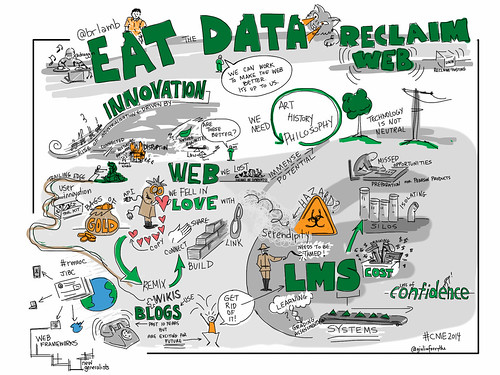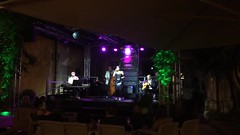A brief history of my involvement with Hurricane Irma. Remember Irma la douce? Well, for us Irma was douce, sweet.
Thus on September 16 I began writing about hurricane Irma’s passing by Puerto Rico, quite caressing our shores but without any actual touchdown. I thought at the moment that our involvement with hurricanes, for this season, was over. But I was so mistaken. So, I’m doing this: I will begin with Maria, and after I’ll continue with Irma. I am writing this after over four weeks without electricity, and a few days with no water either. We recharge devices at communal places like restaurants and at our University, where we have one big room with WiFi and power (through generators).
The hurricane’s aftermath was terrible, and it left us with the usual lack of electrical power and water. This time, though, communications were lost and almost inaccessible for over ten days, from my home. When we got gasoline we moved to spots with decent coverage and there I finally could tell friends we were OK. My mother and sister were reached by telephone by a friend who moved back to Italy and who miraculously got a line to call us. When Alan, Giulia, Jim, GNA, Gardner et al. reached out I was pretty moved. I am still checking out the best way to help our students, by the way. Again, we are well and do not need anything beyond, well, a return to “normalcy”. But, normalcy will in all likelihood shift to a new normal, during these next months. We’ll see and improvise as needed.
Now, the situation with students is sometimes terrible. Some have already fled to Florida or New York, with parents losing jobs and sometimes even losing a home. I have polled my students but haven’t got real needs information from them, so we’ll wait, and I’ll report the class situation soon.
Life has changed a bit. Days are shorter, since by 6:30 the sun sets down and light fades away. We got lamps and candles to get by, so we can do some reading and, with our camping stove, some cooking. The first days it was pretty difficult to buy food, but we used supplies. Then we began with supermarket lines, cash-only. Now it’s back to normal, but without a fridge, we have to buy food daily. My wife has an arrangement with friends who give her a few iced-water bottles every morning, so we can maintain perishables for a couple if days, and, most importantly, a cold beer for the dinner. I have read a lot, both printed and e-books.
Here, it’s the morning after. This is my street, but I have seen it this way many times before. A little water and so be it.
And this is the patio of my wife’s mother’s house. A gigantic, high tree fallen. Which we had to spend almost two weeks to cut and take out. I learned to use a machete and my hands prove it!!
And this is the **stupidest** and most senseless things I ever did. A 10-hour line (yes, ten hours) under a ferocious sun, getting dehydrated because the only cash I had with me (no ATM working for over a week!) was needed for gasoline.
Of course, I shared the experience with wonderful, patient and very well-behaving people.
Now, I’ll just continue with the prep work and other images from Irma. In all, for Maria we had two full prep days and boy, two weeks + of afterwork, just to clean things up.
After all the prep work, the tempest, and then nine days of consequences for Irma, the main of which was a total absence of electric power. Water we had but for half a day. Damages, none, except to my back, for moving around furniture and plants. We placed two big bookcases to protect huge windows, which were not to be affected since the winds came from another direction :).
So, in total, we have had power in September for just 2 days.
But we enjoyed doing so, since we had the help of a friend of our daughter’s. We shut another window, while the winds were already swinging furiously and opened and closed rhythmically it. We did so by placing a big yoga brick of my wife’s between the window’s external iron bars and the glass frame, and it shut hermetically. Eureka!! But we weren’t successful in securing the other half, which was then tied with rope from the operator to a sturdy table. In fact, said windows cannot be repaired and this is why we had to improvise: we’ll have to substitute them completely, and that’s a big expense.
A shot a photo of a few books I wanted to remember, in case that bookshelf got swept away by the storm. Which didn’t happen.
- *** Yesterday, by Agota Kristof https://en.wikipedia.org/wiki/Agota_Kristof
- *** Carlota Fainberg, by Antonio Muñoz Molina https://en.wikipedia.org/wiki/Antonio_Mu%C3%B1oz_Molina
- **** The Love Letter, by Kathleen Schine https://en.wikipedia.org/wiki/Cathleen_Schine
- *** Labyrinths of Reason: Paradox, Puzzles, and the Frailty of Knowledge, by William Poundstone.
The storm began around 4-5pm and the light went out around 5, after lunch. Then it reached its max at around 7pm. Afterward it was all calm. At night we prepared dinner with a camping gas stove and enjoyed it candlelit.
Night was great, fresh and windy, plus we were so tired we all caught sleep with no further ado.
[Morning coffee, old style].
This was the book I begun reading just after the storm. The legacy of the bones, a noir set in the Baztán valley of Navarra (Spain), in proximity of the Basque Country. A wonderful detective personality, inspector Amalia Salazar.
This is a little of the effects of Irma in the neighborhood:
Last, hope shines in a gorgeous passionfruit and passionflower. Little we knew at this time we had to wait over nine days for the reestablishment of power. Which we got for two days before it was cut again by María.
[All photos (CC-licensed, BY-SA-NC) shot by me (Antonio Vantaggiato] available on Flickr.]
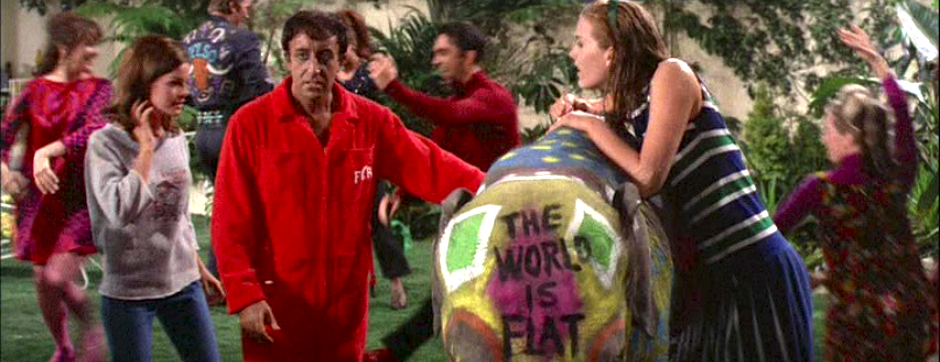







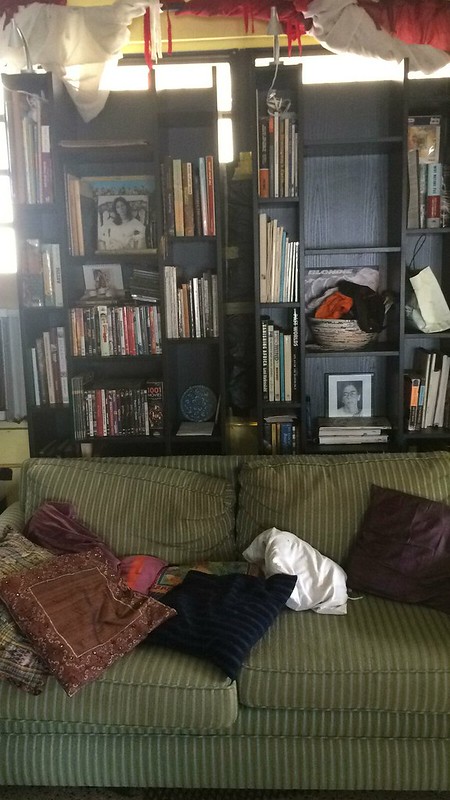
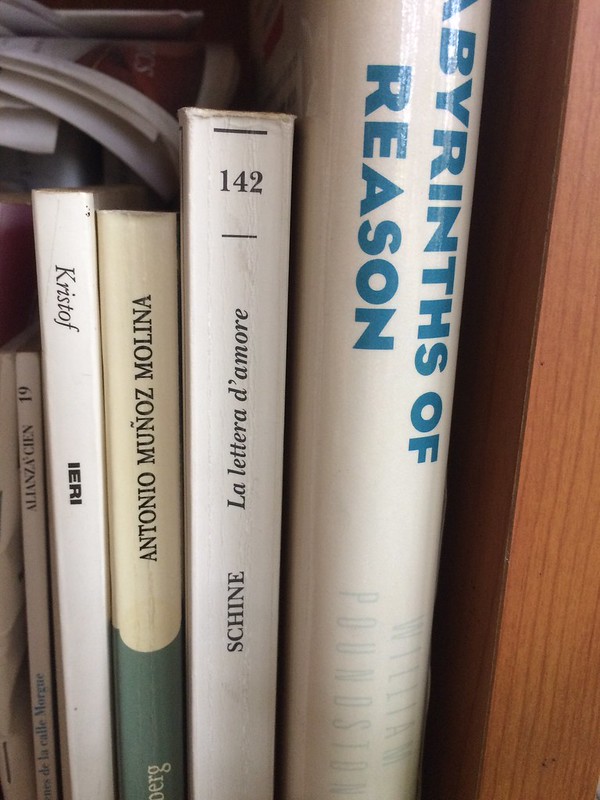







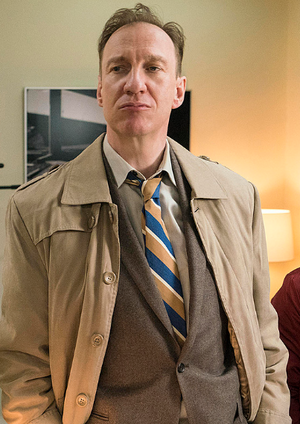 This is proof there is a strong popular culture that forms around pop media, and in this case the Reddit community and this Wikia prove it. Viva Internet!
This is proof there is a strong popular culture that forms around pop media, and in this case the Reddit community and this Wikia prove it. Viva Internet!

